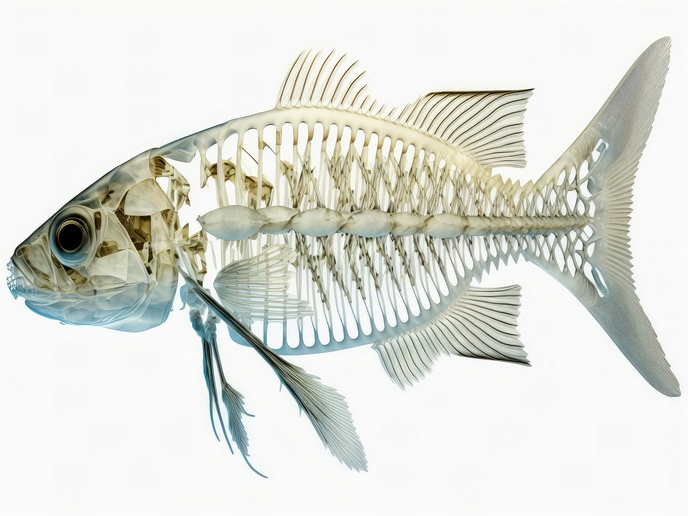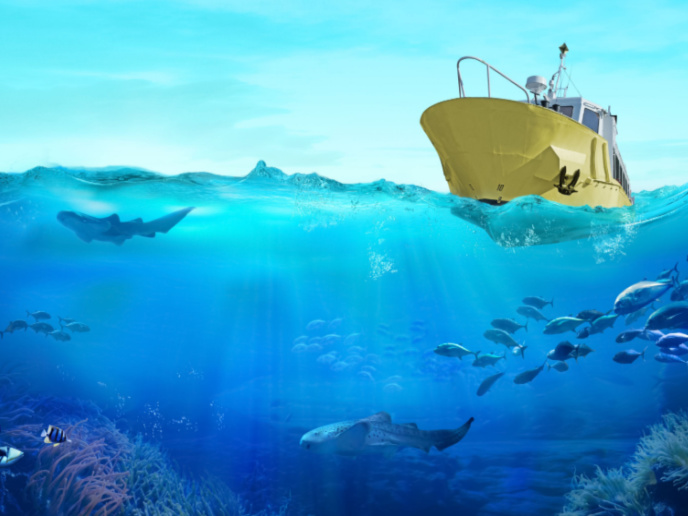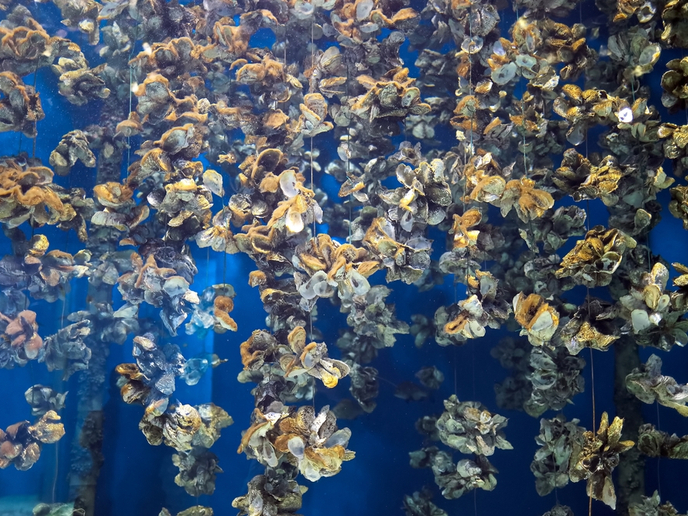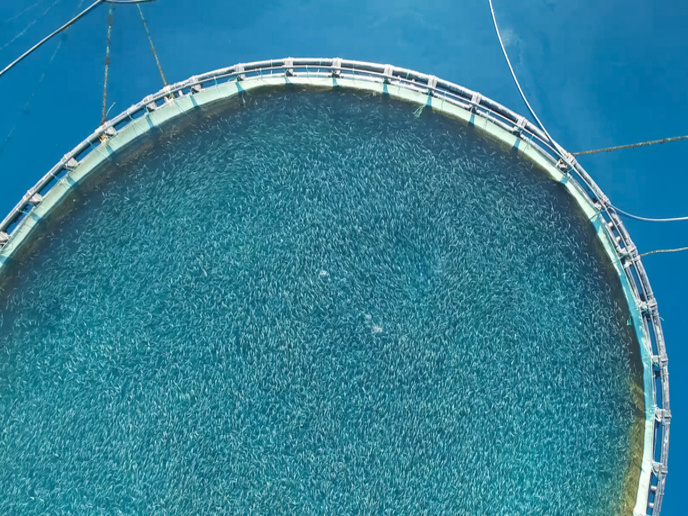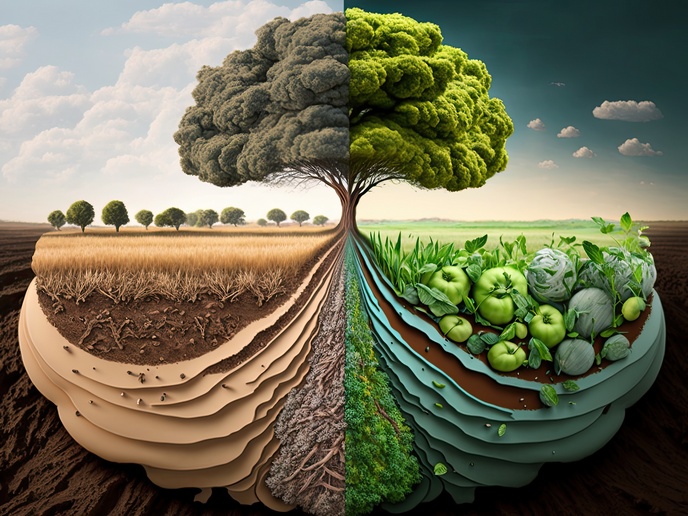New and practical knowledge on the skeletal system
Aquaculture, also known as fish farming, is an important industry in the EU. It accounts for approximately 20 % of fish and shellfish supply and employs about 70 000 people. However, farmed fish often suffer from severe skeletal deformities which affect fish welfare, performance and product quality. At the same time, human skeletal pathologies are a concern for ageing populations, heightening the need for research using the tools offered by small fish models. In this context, the EU-funded BioMedaqu project, with the support of the Marie Skłodowska-Curie Actions programme, is an Innovative Training Network which aims to create novel expertise combining research in skeletal biology of aquaculture fish species with that in biomedical models and humans. “More specifically, a very diverse consortium addressed the scientific objective to gain a deeper comprehension of the interaction between physical, genetic and nutritional factors and skeletal processes. In addition, the impact of the skeletal health of farmed fish on producers and consumers was investigated,” explains Marc Muller, project coordinator.
A new generation of ESRs
The most important outcome of the project is the creation of a new generation of skeletal biology researchers in Europe. “Fifteen ESRs were trained in a comprehensive and multidisciplinary programme that encouraged exposure to each other's research projects covering very diverse areas,” highlights Muller. In terms of scientific progress, project work led to a number of important outcomes. “Several trials were carried out during the project to define optimal compositions in terms of microminerals, vitamins, antioxidants, and long chain poly-unsaturated fatty acids,” confirms Muller. Conditions affecting skeletal health are of great concern in aquaculture, in the context of product quality and animal welfare. “Making fish farming more sustainable by avoiding fish oils and fish meal in their diets, as well as overfeeding and nutritional factors, is of prime importance,” adds Muller. The vertebral column is involved in many of the most prominent skeletal deformities. The effects of dietary phosphate levels on vertebral body fusions were investigated in salmon, as well as in wild type and mutant zebrafish. “Manipulating phosphate levels may result in an increase of mineralised bone. Transgenic and mutant zebrafish lines were generated and analysed in the project to study the mechanisms involved in aberrant vertebral column formation,” Muller reports.
Osteoarthritis and early-onset osteoporosis
Drawing from information on human pathologies, the function of genes involved in osteoarthritis and early-onset osteoporosis was investigated by generating mutant cell lines for these genes or zebrafish lines deficient in the corresponding homologous genes. The goal was to understand their role in skeletal development and homeostasis. “Furthermore, beneficiary effects on bone health were demonstrated in cells, aquaculture and model fish via the use of probiotics and extracts from marine organisms. Candidate molecules for treatment of skeletal deficiencies were identified,” notes Muller. The project also found that physical factors such as larvae density, tank volume, and forced swimming impact skeletal formation. Discussing next steps, Muller concludes: “Our intention is to continue our efforts to integrate research on aquaculture, biomedical, and medical/clinical research. New leads for the prevention and treatment of skeletal pathologies have been identified which need to be followed up and validated. Progress will be made, not only in terms of experimental methods, but also in integration and development of bioinformatic tools.”
Keywords
BioMedaqu, aquaculture, fish farming, skeletal anomalies, farmed fish, human skeletal pathologies, small fish models



